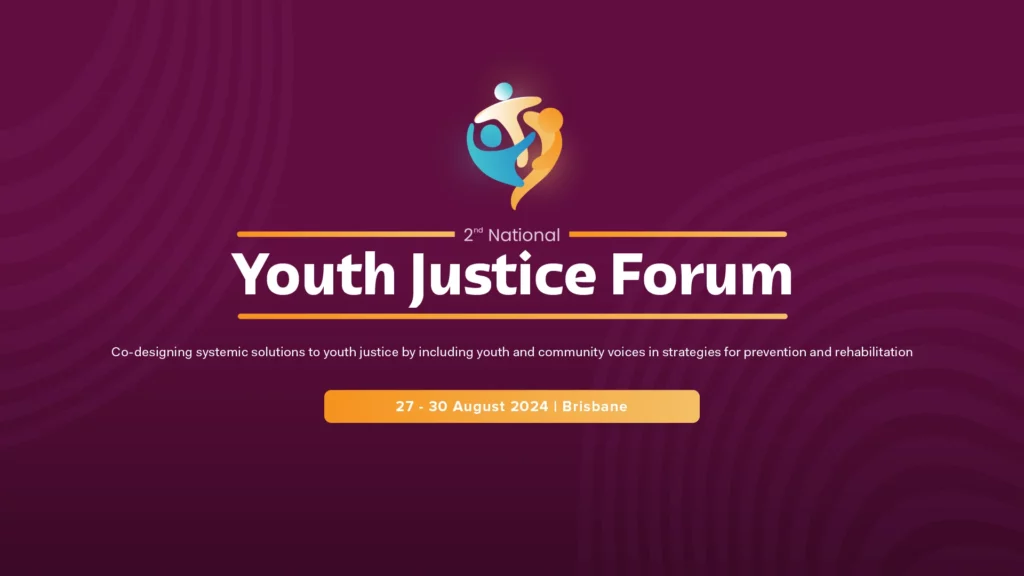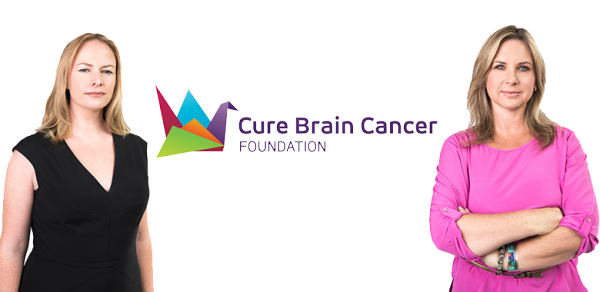The end of an era for the charity sector
By Catherine Stace, CEO, Cure Brain Cancer Foundation
“Kick starting ideas through Government incentives in innovation will help to stimulate the scientific sector and give our economy a boost. However, it takes a lot more than incentives to generate an outcome. The rules of engagement have changed and we must not clip the wings of start-ups and inventors, nor play politics with biased leadership of the laggard kind.
Is our nation equipped to manage people and change on a mass scale? This categorically means the Government as a whole needs to step out of their traditional mindset and behaviours and speed up their notoriously slow inter and intra-decision making systems to match the flow and speed at which innovation occurs. It also means evidence, case studies and benchmarking metrics needs a rethink. There is an unlikely ally to the Government to bridge such change and it starts with charity – but not as we know it.
To foster economic impact through innovation, and reduce the burden of cost on our healthcare system, we must not only be innovative but embrace the intangible assets that charities and NGO’s have at their disposal to host change management and collaboration, as well as enablers to connect the uptake, relevancy and repeatability of innovation to users. We must not covet the hero in innovation but rather reward the “host model” of leadership, which engages people across the system to compress time-to-market. Failure to engage in a truly collaborative environment when adopting new innovative technologies can be a slow and frustrating effort that can stop ideas in their tracks.
To foster a thriving innovative ecosystem we need to work as one across the system of science (aka design thinking) on shared problems – and there is no sector better suited to enable innovation than the philanthropic sector. On behalf of charities and NGO’s, we invite innovators to connect with our sector; to bolster the innovation intel and offering of their ideas, charities have a ready-made system and infrastructure that can assist with stakeholder mapping, connecting funders, forming partnerships and brokering deals for exponential leverage. Surely, by working with subject matter experts in philanthropy, we will support the delivery of missions across our country in less time and serve the highest purpose of Mr Turnbull’s vision?
The Innovation Strategy announcement signals the end of an era for the charity sector as we know it. An incremental laggard mindset is no longer good enough. Charities can step up to their new role as change agents, bridging the gap between government and innovation by providing connections, collaboration and infrastructure in the soft skills required to deliver innovation on a mass scale to Australians. In doing so they are likely to fast-track their own missions; after all, that’s what innovation is all about.
The NFP sector will need to work in partnership with Government to develop a Research & Development incentive for NFP-led investment consortiums that want to become partners in early-stage research that is both high risk and has multiple exit points. We need to reward speed-to-market as much as scientific endeavour and the NFP sector could play a vital role in bridging this gap and facilitating outcomes faster with Government incentives.
Three years ago, Cure Brain Cancer set about a new strategy to achieve its own mission to increase five year survival from brain cancer from the current 20% to 50% by 2023. We have developed a whole systems approach bringing in diverse perspectives and innovative thinking to disrupt the sector and provide patients with faster and cheaper access to new treatments.
This year the Foundation, alongside partners in the USA and China, announced a revolutionary global, adaptive clinical trial platform and learning system called GBM AGILE that will serve to achieve mission in a compressed timeframe. Myself and our Head of Research Strategy Michelle Stewart – along with the Foundation’s board and wider Australian scientific community – collaborated on this effort and are now key players in the global effort to find new treatments for brain cancer. This is an example of true collaboration, across not just borders but also sectors including NFP, and demonstrates the vital role that not-for-profit has to play in hosting and catalysing innovation in science. We are hopeful the Australian government will help fund the platform in partnership with funders.
$1.1 billion provides a proof of concept to the Australian public that we can innovate and commercialise our science. It is a signal to investors to re-dress the inequity in our markets and to shift from the resources sector to science. We will see a lot more flow on effect from venture capitalists, super funds and the like, which will realise a greater yield from the initial investment from the Government.
If we put our minds to it and work diligently across a system of science to make sure the valleys of death are the most magnificent innovative bridges we build, coupled with Turnbull’s belief in Australian ingenuity and scientific tenacity and rigour, then of course we can achieve scientific leaps from early stage through to commercialisation.”
Changing our entrepreneurial culture and injecting innovation
By Michelle Stewart, Head of Research Strategy, Cure Brain Cancer Foundation
Australia has a global reputation for high quality research and development, but for some reason the commercialisation of this technology has lagged. It is true that many world-changing inventions including wi-fi, the bionic ear and the winged keel have been invented by Australians, but have we been living up to our potential?
We are a country that values original thought, challenges the status quo and we teach our children to learn by asking questions. We seem to have it all as far as the ingredients for innovation, yet we continue to rank poorly in terms of commercialisation. So is it a fear of failure? Is it lack of access to capital, poor collaboration or something else? Malcolm Turnbull’s Innovation Strategy attempts to address all these factors, including bringing renewed confidence to those people trying to do things differently.
Failure is a key part of innovation and fear of failure creates a culture that is not prepared to take risks. Today’s announcement reforming Australia’s insolvency laws is a significant step to creating an environment which recognises that, sometimes, innovative ventures do fail, but that is ok. These reforms are an important step forward in creating an entrepreneurial culture. Throughout the ages we have heard of successful people citing their significant failures and crediting these failures as an essential part of their success. At least if more people try, and the consequences are not quite as dire, there is a chance that some of those things will “work”. The same is true in medical research, where there is enormous pressure not just to publish results, but to publish successful results. But we learn so much from the research that “fails” as well, so can we really call this failure or is it simply a step further in the right direction?
The Prime Minister has announced $1.1 billion in public funding for the innovation sector. This is a significant investment, but research is expensive and this would only be a relatively small amount of what is needed. Rather than being the “be-all and end-all”, this is a signal to the global investment community that Australia is open for business. Increased funding will be encouraged through tax incentives for angel investors, and investment attracts further investors. The Government contribution will increase the appeal of Australia as a location for global investment so that Australian initiatives can be competitive with those anywhere else in the world.
Cure Brain Cancer Foundation and a core group of committed individuals have been looking at innovative mechanisms of funding to get treatments to the patients that need them faster. This needs to happen in the translation from basic research to commercialisation, where the “rubber hits the road” and technology actually reaches patients. We have a vested interest in not just achieving commercialisation for commercialisation’s sake, but in commercialising products that achieve our mission of increasing survival for brain cancer patients.
Other NFPs in the sector have similar objectives, so we play a key role in ensuring that projects that we prioritise receive the attention required to improve the lives of patients. NFPs have often played a critical role in addressing their mission but have often worked in silos, without engaging with industry in the fear of compromising their integrity. Recently this is changing and we know that to affect real change we need to be part of the system, engaged with all stakeholders and working to assert influence in the areas that achieve our mission. Innovative partnerships between industry and the NFP sector are now embraced and operating successfully. There are so many examples of where an NFP has achieved improved outcomes by being a key player in the commercial cycle. Just as the Government announced increased incentives to improve collaboration between academia and industry, NFPs should be recognised for the role that they play in funding academia and we should be agitating for a seat at the table in order to use this energy to achieve our goals for our constituents.
The lesson here for NFPs is to use our philanthropic funding to help foster a creative environment that is not fearful of failure. For those of us in medical research funding, we need to ensure that we do not penalise scientists that undertake activities that may take more of a blue sky approach, only funding activities that we are more certain will be successful. Obviously a balance is required to take a portfolio-type approach and diversify our funding strategy, just as an investment portfolio contains projects of various risk levels.
Changing our entrepreneurial culture and injecting innovation into the Australian agenda requires all parts of the system, including NFPs, to be engaged.
















































































































































